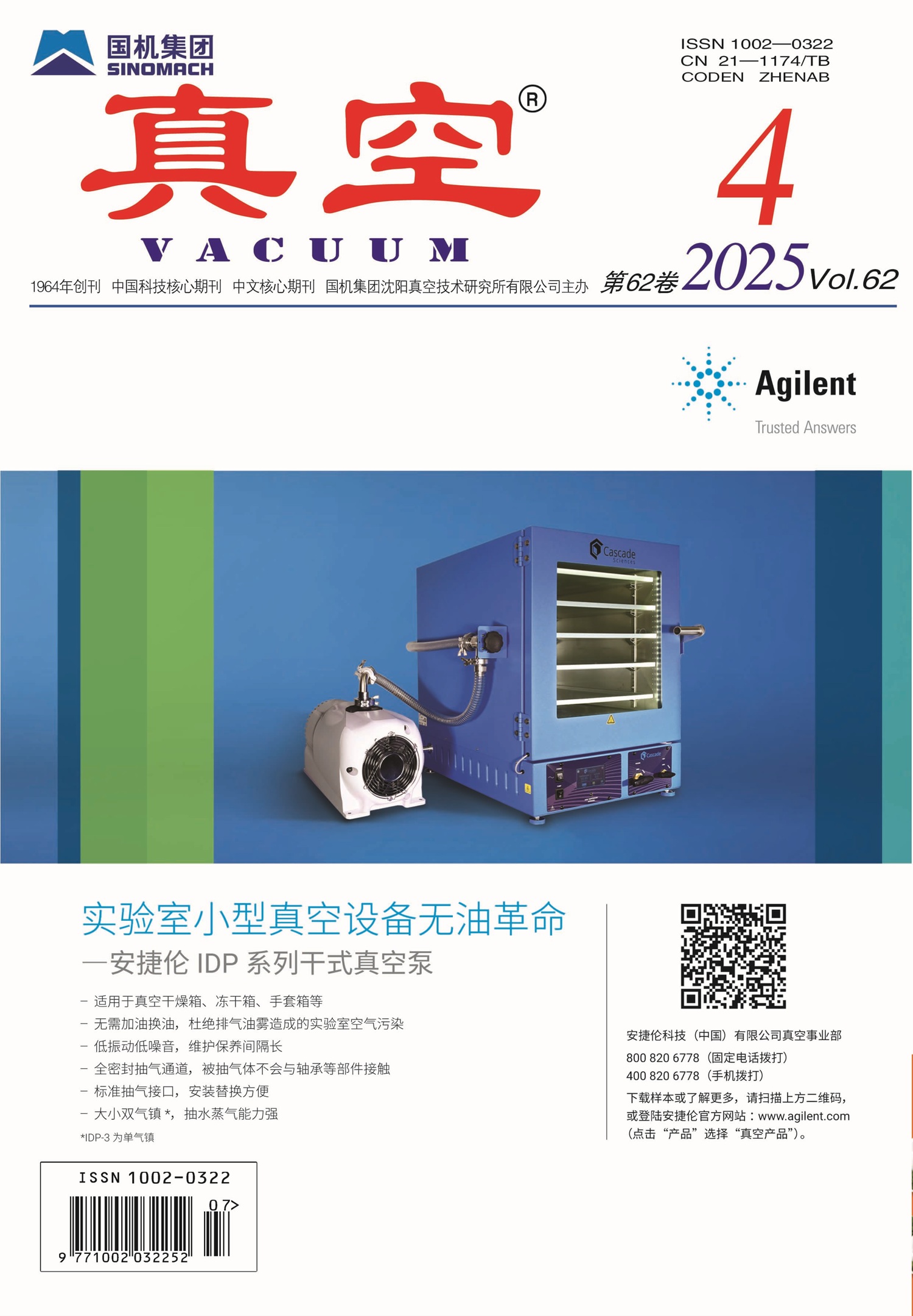|
|
Phase Stability and Interfacial Bonding Strength of Rare Earth Zirconate Novel Thermal Barrier Coatings
BAI Ming-yuan, WANG Xin, ZHEN Zhen, MU Ren-de, HE Li-min, XU Zhen-hua
VACUUM. 2021, 58 (4):
12-20.
DOI: 10.13385/j.cnki.vacuum.2021.04.03
The four LZ, LZ3Y, LZ7C3 and YSZ thermal barrier coatings (TBCs)were fabricated via electron beam physical vapor deposition (EB-PVD). The high temperature phase stability, interficial bonding strength and cyclic oxidation behavior of three types of rare earth zirconates and YSZ TBCs were investigated. The phase constituent, phase structural stability, morphology and chemical composition of the four TBCs were systematically analyzed by XRD, SEM and EDS. The results indicate that the diffraction peaks belonging to the LZ, LZ3Y and LZ7C3 coating powders, which gradually shift to the larger 2θ-value after long-term thermal exposure at 1300℃. The excessive phases including of La2O3, t-ZrO2 and CeO2 coexisted in the ceramic coatings also have produced the solid solution phenomenon. The YSZ coating appears two monoclinic diffraction peaks and the intensities of these two peaks slightly increase to a certain extent. After 336h in room temperature air, the LZ coating exhibits lamellar delamination. The averaged interfacial bonding strength of YSZ coating is the highest, while that of LZ coating is the lowest. Meanwhile, the thermal cycling lives of three rare earth zirconates TBCs are lower than that of YSZ coating. It is proably related to the excess of La2O3 contained in the three new TBCs. La2O3 is easy to chemically react with H2O or CO2 in air, which further leads to volume expansion, weakens the inferfacial adhesion between the ceramic coat and bond coat and decreases the thermal cycling lifetime of the coaings.
References |
Related Articles |
Metrics
|

 Table of Content
Table of Content
 Table of Content
Table of Content